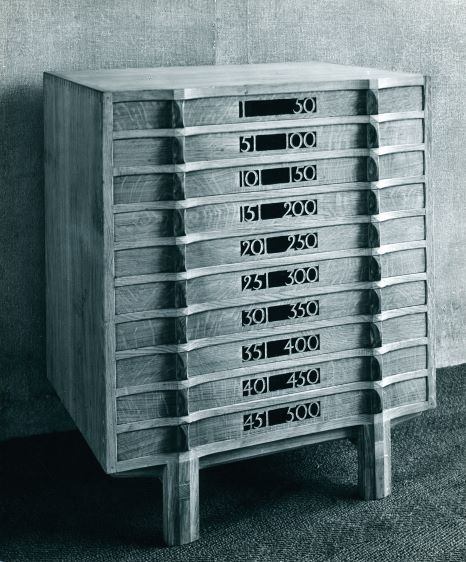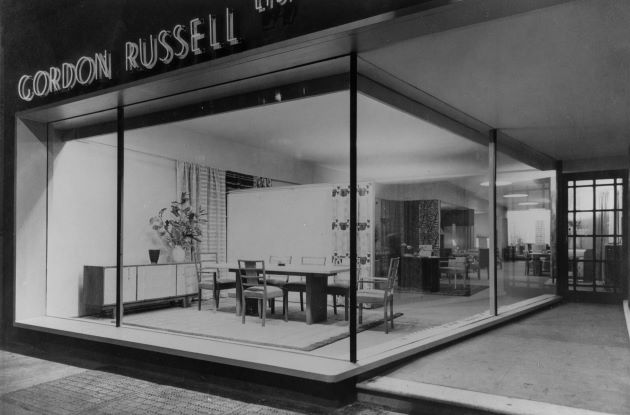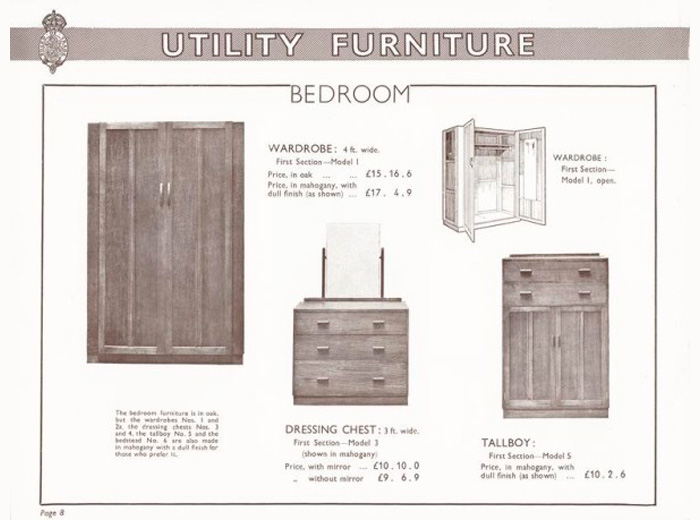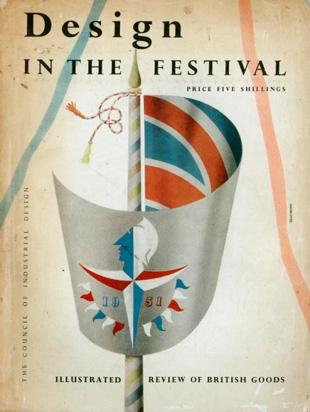

1904-1922
Gordon Russell was born in 1892 and moved to the village of Broadway at the age of 12. In 1904, his father, Sydney Bolton Russell, purchased The Lygon Arms with the intention of turning it into a country hotel. Gordon attended school in Chipping Campden, leaving at 16 to help with the family’s antique restoration and repair workshop, which furnished the new hotel’s rooms. Working with skilled craftsmen and being aware of the nearby Guild of Handicraft workshops in Campden sparked Gordon’s interest in furniture design and the Arts and Crafts Movement. Before the First World War, he began designing several pieces.
In 1914, Gordon and his brother Don volunteered for the Worcestershire Regiment, serving with distinction in France and surviving many horrific battles, including Passchendaele, Ypres and the Somme. After returning in 1918, Gordon, moved by the destruction he had witnessed, was determined to create work that future generations would value. With his father’s support, they established Russell and Sons in 1922.


1922 - 1930
At the time Gordon embarked on what he termed “The Broadway Adventure,” he was clearly in tune with the philosophy of the Arts and Crafts Movement regarding working conditions, housing, education, design and craftsmanship. However, his view on production methods diverged somewhat. Gordon strongly believed in blending hand and machine work to create affordable furniture for the “decent, ordinary man,” contrasting with the Movement’s strict no-machinery ethos.
The leading pioneers of the Arts and Crafts Movement were predominantly architects – Ashbee, Lutyens, Gimson and Voysey. In contrast, Gordon did not receive any formal design training; he was self-taught through reading and observing traditional skills. Perhaps because of this, Gordon was particularly committed to apprenticeships, which eventually led to an established business employing 100 craftsmen and managers.
In addition to building a successful company, Gordon achieved many individual accomplishments. He designed metalwork and glassware alongside furniture, creating over 1,000 products. It was also during this period that he opened his first shop on Wigmore Street, London.


1930 - 1940
This was one of the most challenging periods for Gordon and his company. Despite a growing reputation, the great economic depression of the thirties loomed.
Gordon recognised a shift in market design preferences with new ideas coming from Germany and Scandinavia. Pragmatically, he suggested his youngest brother, Dick, train as an architect to better handle the Modernist surge. Once qualified, Dick returned to Broadway, and Gordon passed the design mantle to him and a team including David Booth, ‘Curly’ Russell (no relation) and Eden Minns.
While embracing a modernist approach, the firm struggled in the depressed market. The London shop closed and prospects seemed bleak until the Murphy Radio Company intervened. In 1930, Frank Murphy, an engineer, admired Gordon’s furniture and asked him to design and make radio cabinets. This opportunity led to Dick Russell and Eden Minns designing over 70 radio sets, gramophones, and televisions. By 1939, the firm employed nearly 1,000 people, mainly for Murphy production, in a new factory at Park Royal, London. A larger shop on Wigmore Street was opened, offering a wider, affordable range of merchandise, including furniture, curtains, carpets, rugs and china. Marian Pepler, Dick’s wife and fellow student at the Architectural Association School of Architecture, designed many of the soft furnishings. Another major influence was Nikolaus Pevsner, a refugee from Nazi Germany, who joined the firm in 1935 as a buyer.
The firm became a leader in design, working in both retail and contract markets, furnishing hotels, colleges and offices. However, in 1939, Britain declared war on Germany, and all furniture production shifted to wartime contracts.


1939 - 1945
War placed significant demands on the company. Many men left to join the forces, and like all major furniture manufacturers, production shifted to meet wartime needs. For Gordon Russell Limited, this included making aircraft recognition models for the Observation Corps, prototype aircraft parts, and sections of de Havilland’s Mosquito bomber, which exploited their experience with laminated timber. Notably, women who joined the workshops became highly skilled contributors.
In November 1940, the Broadway factory was hit by incendiary bombs from a stray bomber. A fine thatched medieval barn was lost, ironically while storing materials – fabrics, rugs, and records – transferred from the London showroom for safety.
Throughout the war, Gordon played a major public role. Appointed by the government to lead the design panel for manufacturing utility furniture (CC41), he faced the challenge of coordinating hundreds of small workshops to produce standard furniture for those who had lost homes to bombing or were newly married. Despite material shortages, Gordon ensured the furniture was well-designed and well-made, with much of it still in use today. For his contributions, Gordon was awarded a CBE. In 1944, he joined Board of Trade discussions to establish a national body promoting higher standards of industrial design, leading to a significant post-war role.


1945 - 1967
At the end of the war, production in Broadway resumed normal operations, with restrictions on materials easing and new designs being introduced. With Gordon now largely committed to public service in London, the workshops were effectively run by Dick Bee and Ted Ould. The design office was led by ‘Curly’ Russell, while Dick Russell, now a professor at the Royal College of Art, managed his own design practice in London and occasionally consulted for Gordon Russell Limited.
Although Gordon was Chairman, his government projects consumed most of his time. He played a key role in launching the Council of Industrial Design in 1944 and was heavily involved in the successful 1946 Britain Can Make It exhibition, which attracted 1.5 million visitors. The next major event was the 1951 Festival of Britain, celebrating Britain’s heritage and future. Both Gordon and Dick were integral to this event, with Dick designing the Lion and Unicorn Pavilion.
In 1952, the Design Centre opened in London with Gordon as its leader, promoting British design worldwide and becoming a hub for the public, designers and manufacturers.
In recognition of his services to design and industry, Gordon was awarded a knighthood in 1955. Though he officially retired in 1959, he took a more active interest in Gordon Russell Limited and set up his own consultancy too. Retirement also Gordon to complete his home and garden at Kingcombe, a project he had been passionate about since 1925.


1967 - 1986
In 1968, many long-serving members of Gordon Russell Limited were nearing retirement. To ensure a smooth transition, Ray Leigh was appointed Design Director in 1967. An architect and longtime collaborator, Ray took over as Dick Russell retired. In 1970 Ray became Managing Director, while Gordon resumed the role of Chairman after his brother Don’s retirement.
With a refreshed team, the firm introduced new domestic and contract office furniture ranges. They eventually decided to focus solely on the designer-led sector, expanding into international markets, including Europe, the USA, the Middle East and Japan.
By now, the firm had achieved international success. In 1980, Gordon died at Kingcombe aged 88. His contribution to British Design was recognised and celebrated worldwide. Ray became Chairman until the firm was sold in 1986.
Read Gordon’s obituary in the Times.
